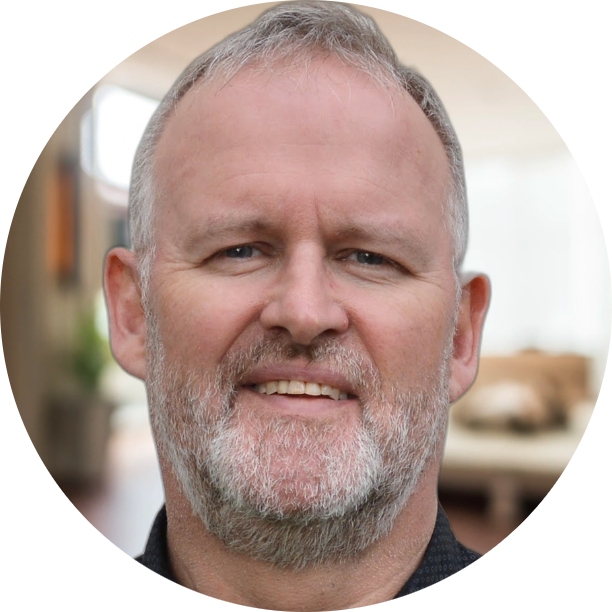Change your life by shifting from Problem-Focused to Solution-Oriented

In a world that often feels dominated by an endless stream of challenges, the ability to shift our focus from problems to solutions is invaluable. However, this doesn’t mean hastily jumping into action without a clear understanding of the issue at hand. The key lies in balancing a thorough understanding of problems with a proactive, solution-oriented approach. This blog post explores why it’s crucial to shift from being problem-focused to solution-focused and how to make this transition effectively.
Understanding the Problem
The First Step to Effective Solutions
Before diving into solutions, it’s essential to fully understand the problem. This involves more than a superficial glance; it requires a deep dive into the root causes and implications of the issue. By doing so, we ensure that the solutions address the core of the problem rather than just its symptoms.
For instance, a business experiencing a drop in sales might initially think the problem is with their product. However, a thorough analysis might reveal that the real issue is a lack of brand awareness or poor customer service. Understanding the true nature of the problem ensures that efforts and resources are directed appropriately, increasing the likelihood of a successful outcome.
The Pitfalls of Remaining Problem-Focused
Focusing solely on problems can lead to several negative outcomes:
Pessimism and Negativity: Constant focus on problems can cultivate a mindset of pessimism and defeatism. This can stifle creativity and hinder the ability to see potential solutions.
Analysis Paralysis: Over-analyzing problems without moving toward action can lead to paralysis, where no decision is made, and no action is taken, exacerbating the issue.
Resource Drain: Resources, including time and energy, can be consumed by problem analysis, leaving little for implementing solutions.
Shifting to a Solution-Focused Approach
Transitioning to a solution-focused approach involves several key steps:
Define the Problem Clearly: Start by clearly and concisely defining the problem. This provides a solid foundation for brainstorming solutions.
Brainstorming Solutions: Once the problem is understood, shift the discussion to potential solutions. Encourage creative thinking and consider multiple perspectives.
Evaluate and Select Solutions: Assess the feasibility and potential impact of the solutions proposed. Prioritize actions that offer the most significant benefits and are aligned with overall goals.
Implement and Monitor: Put the chosen solutions into action. Continuously monitor their effectiveness and make adjustments as necessary.
Practical Examples of Solution Focus in Action
Consider a technology company that struggles with software bugs affecting user experience. Instead of lingering on the negative impacts or the complexities of the bugs, the team focuses on creating a robust bug-fixing protocol and enhancing their QA processes. They also initiate regular training sessions to prevent similar issues in the future, demonstrating a proactive approach to solution implementation.
In another example, a school facing low student engagement might initially dwell on the problem through numerous meetings discussing what’s wrong. By shifting to a solution-oriented approach, they quickly move to test new, interactive teaching methods and technology integration, tracking the results and tweaking strategies.
Conclusion
Shifting from a problem-focused to a solution-focused approach does not mean ignoring problems. Instead, it emphasizes understanding them thoroughly and then swiftly moving toward practical solutions. This shift not only enhances problem-solving efficiency but also fosters a positive, proactive work environment. By focusing on solutions, individuals and organizations can not only address current challenges more effectively but also equip themselves to handle future obstacles with greater agility and optimism. Remember, every problem is an opportunity for improvement—focus on the solution, and you transform the problem into progress.
/Claes-Goran Hammar
Master Coach & Mentor

